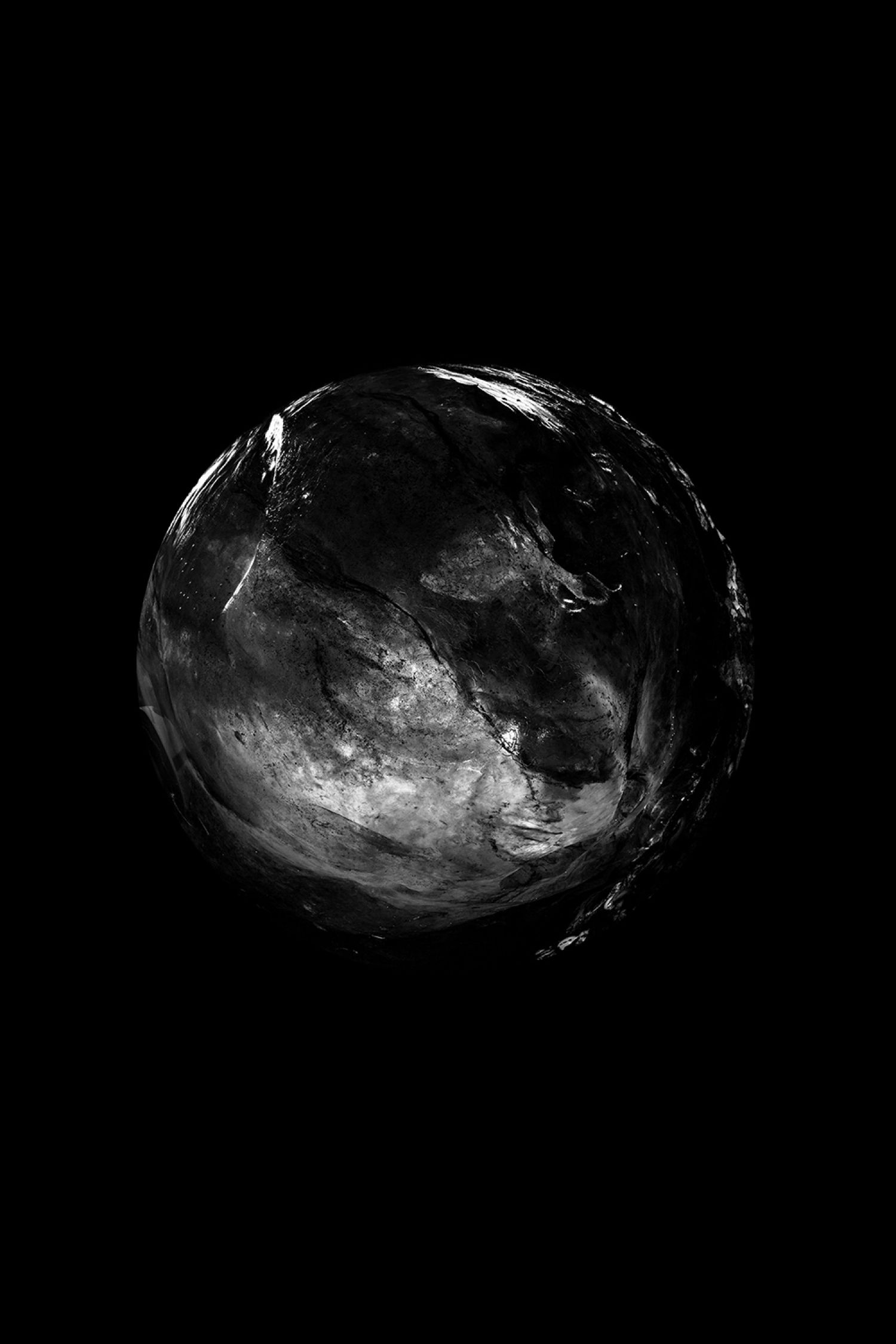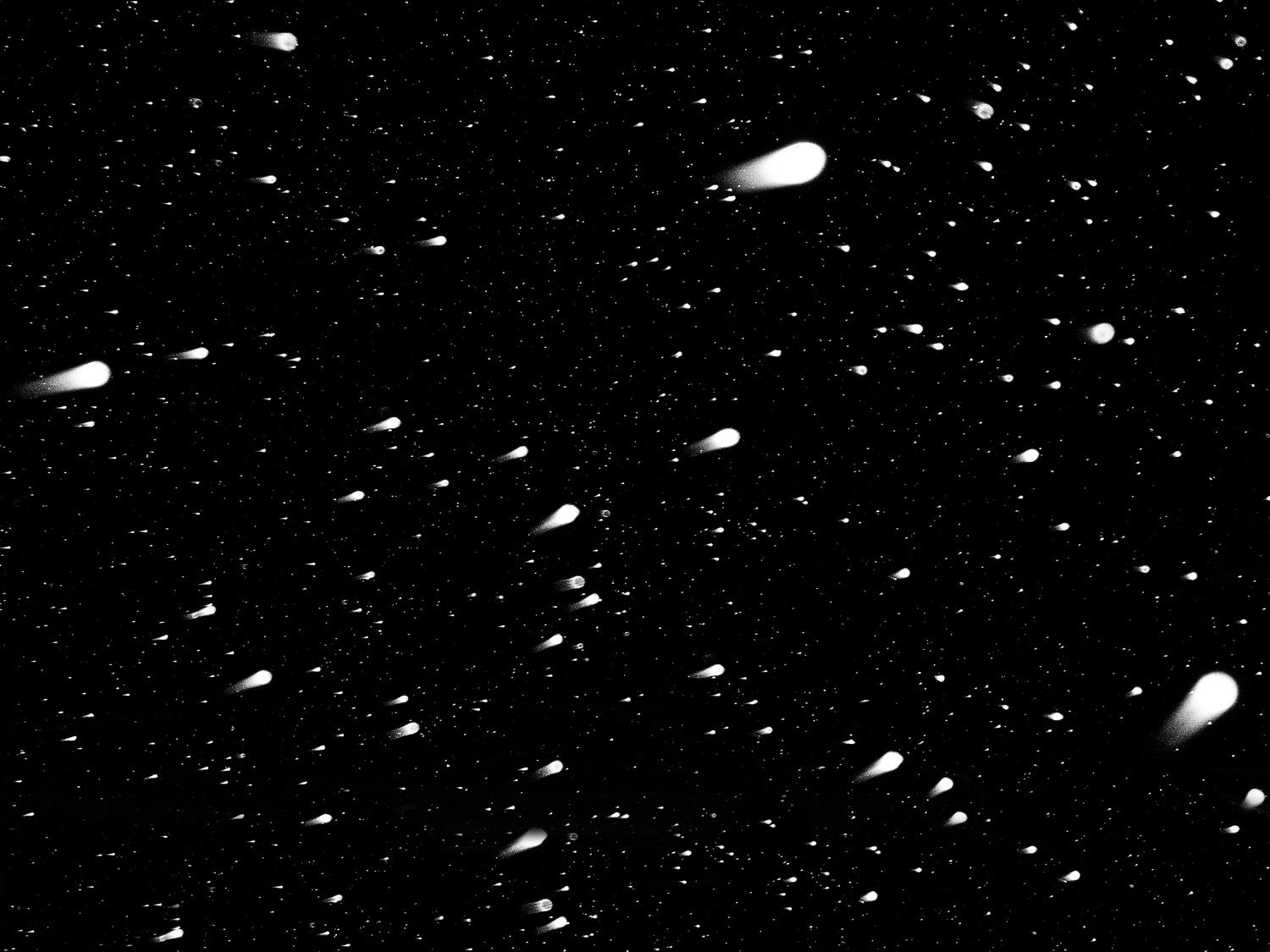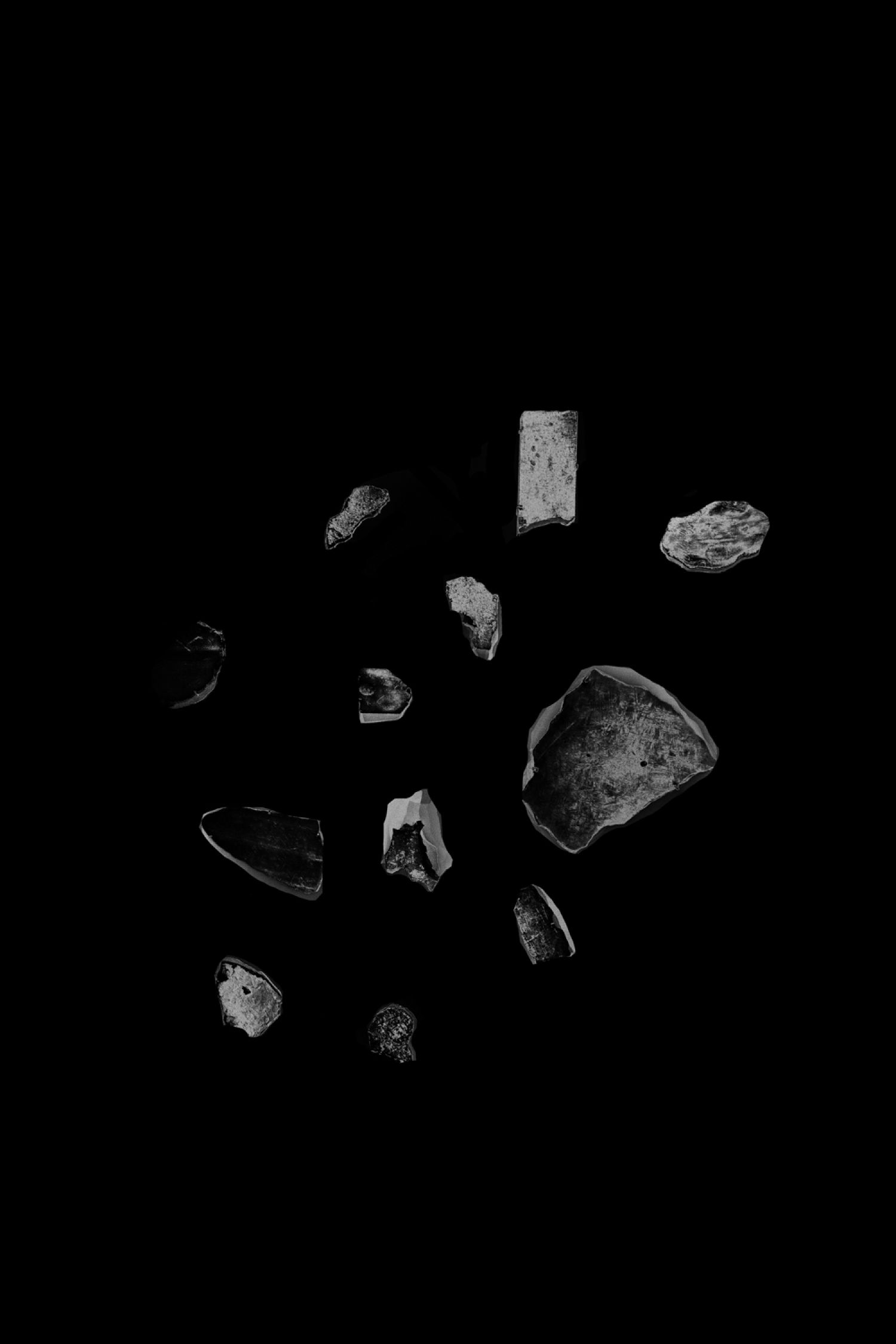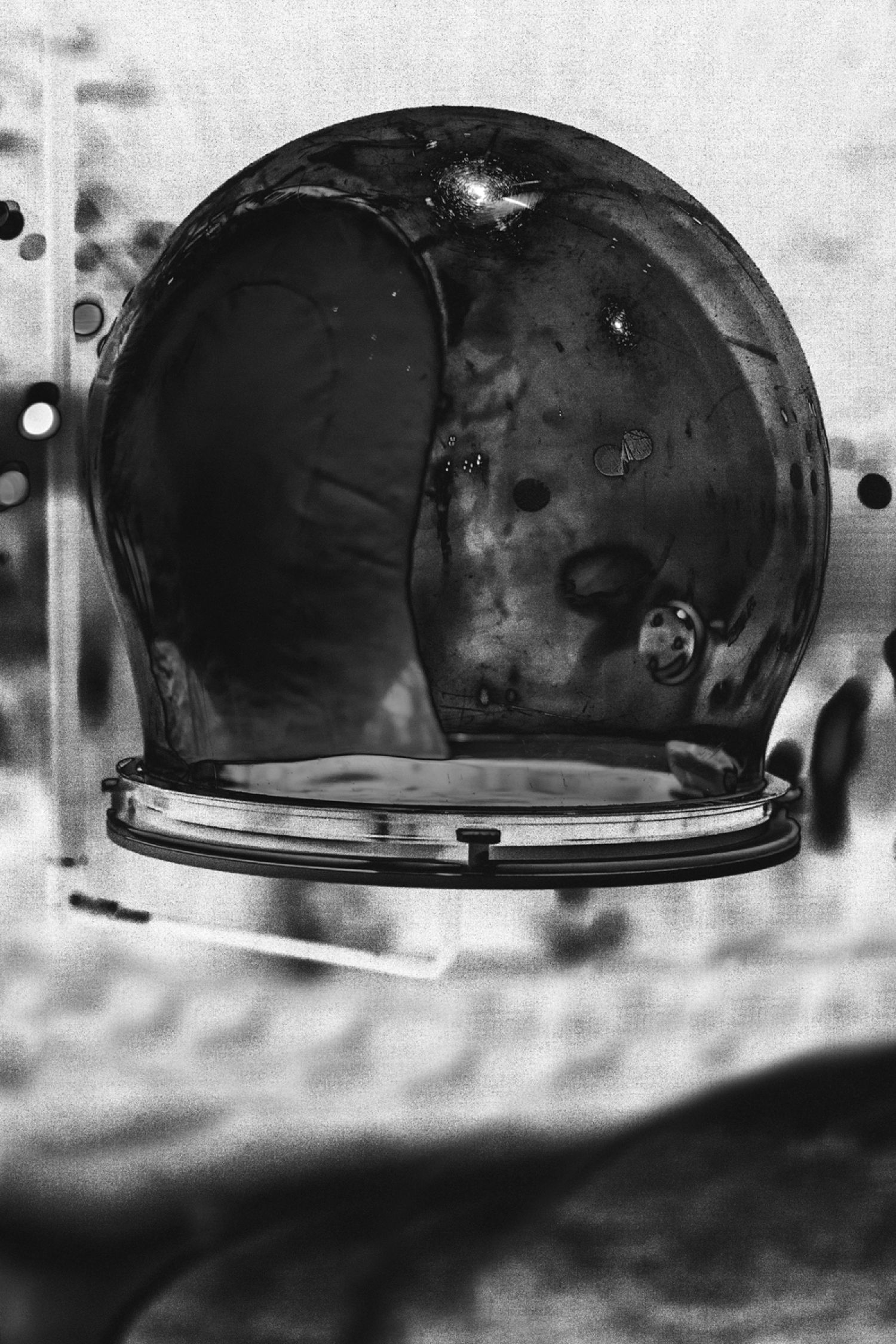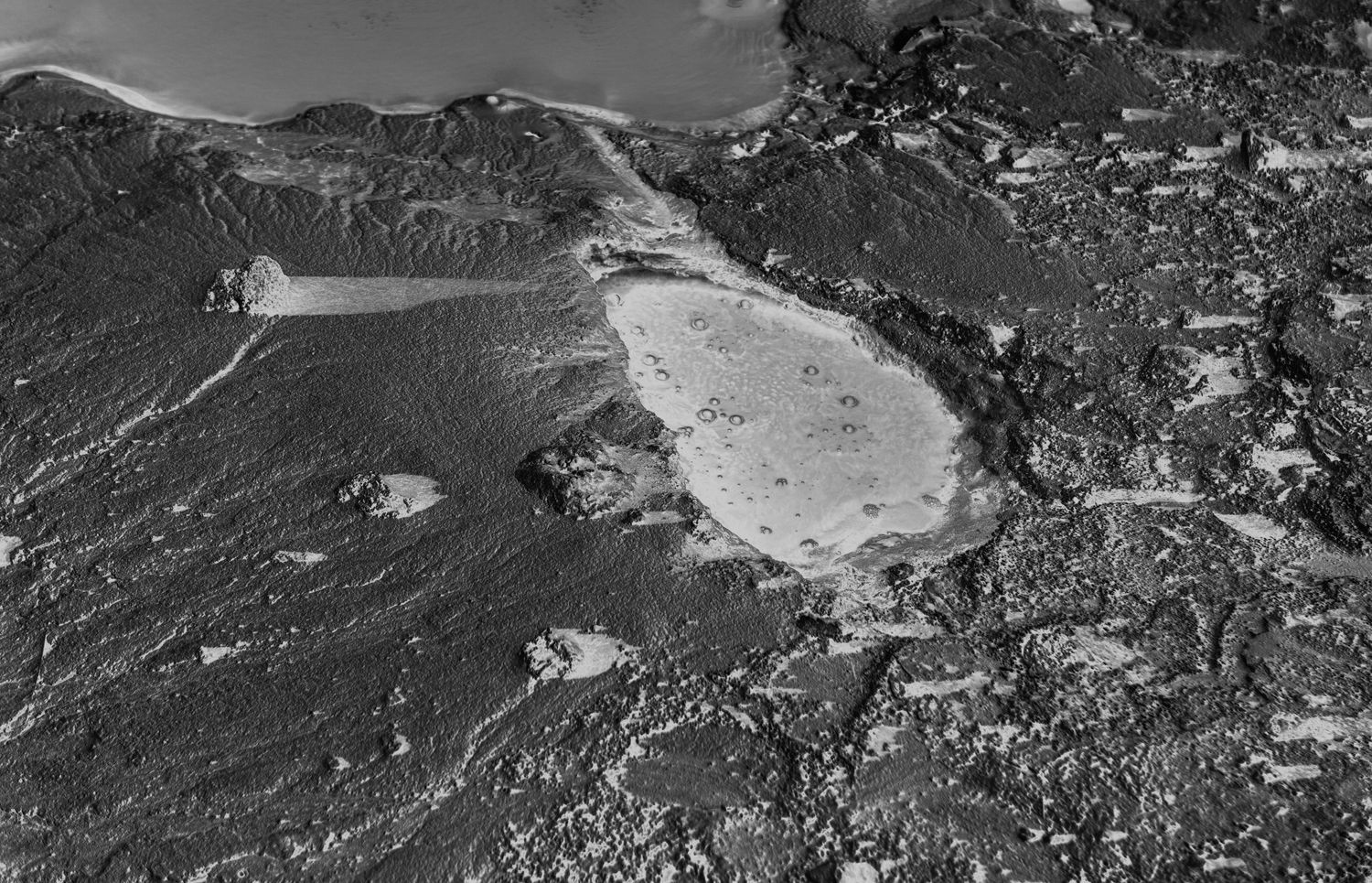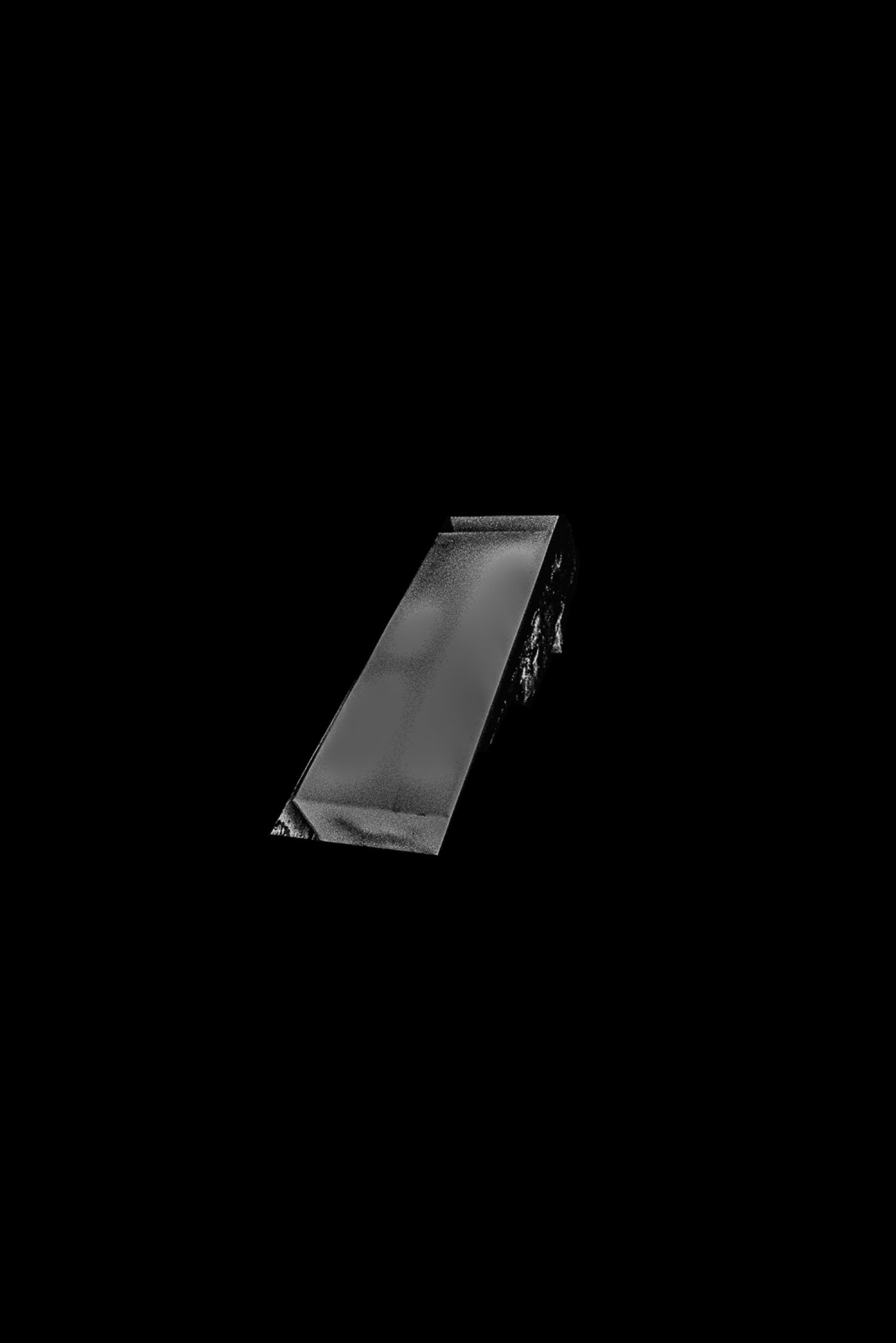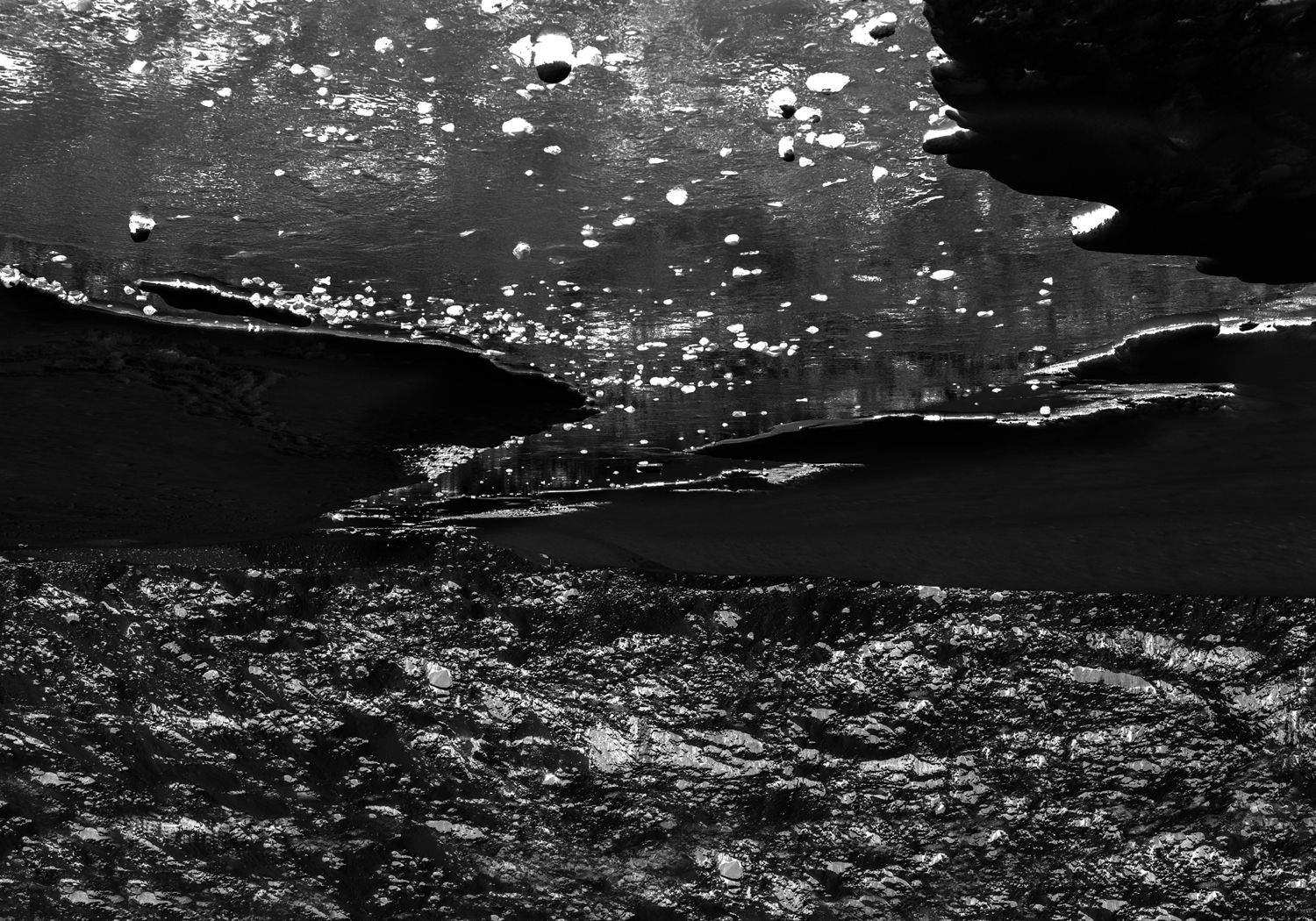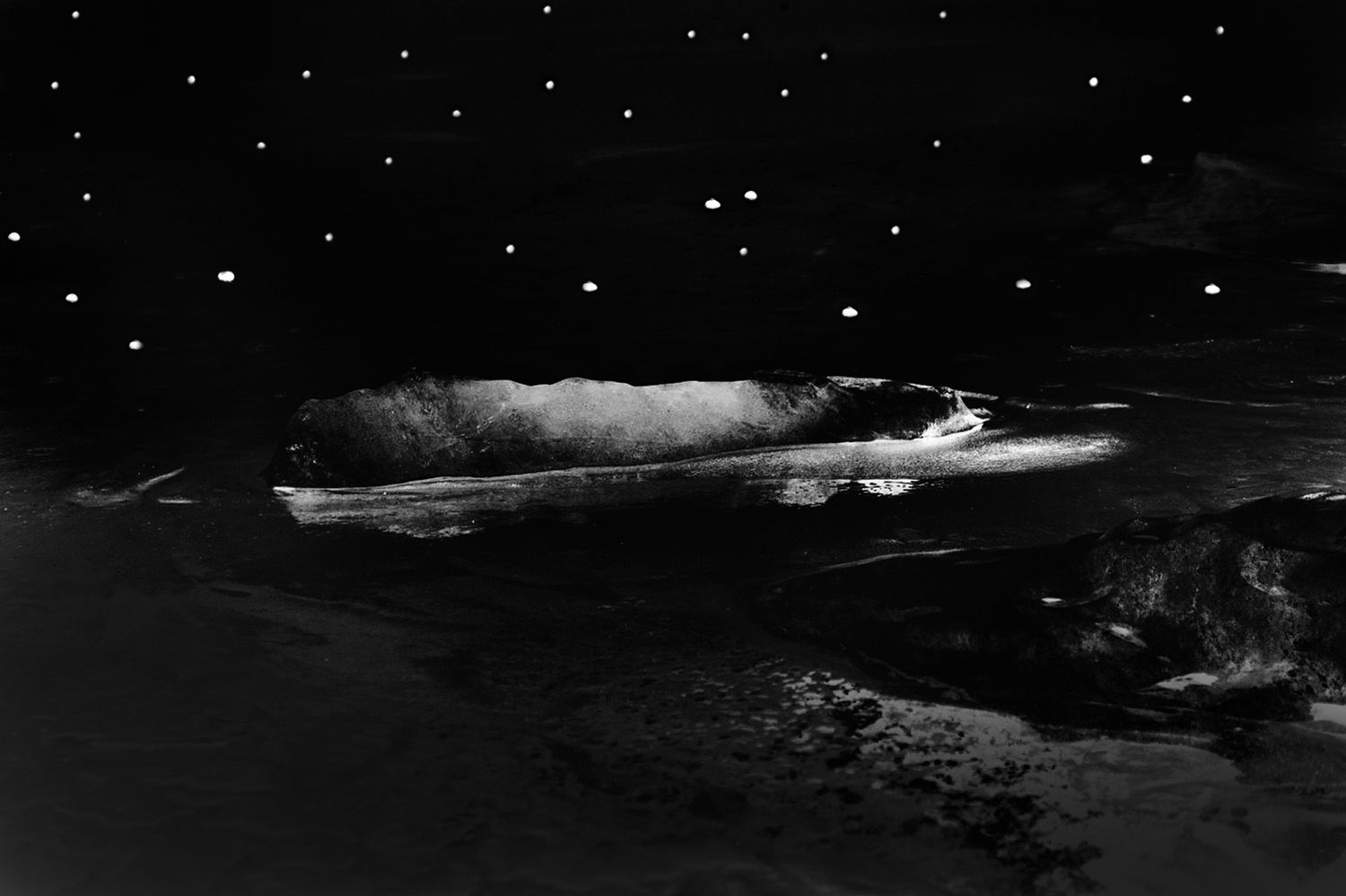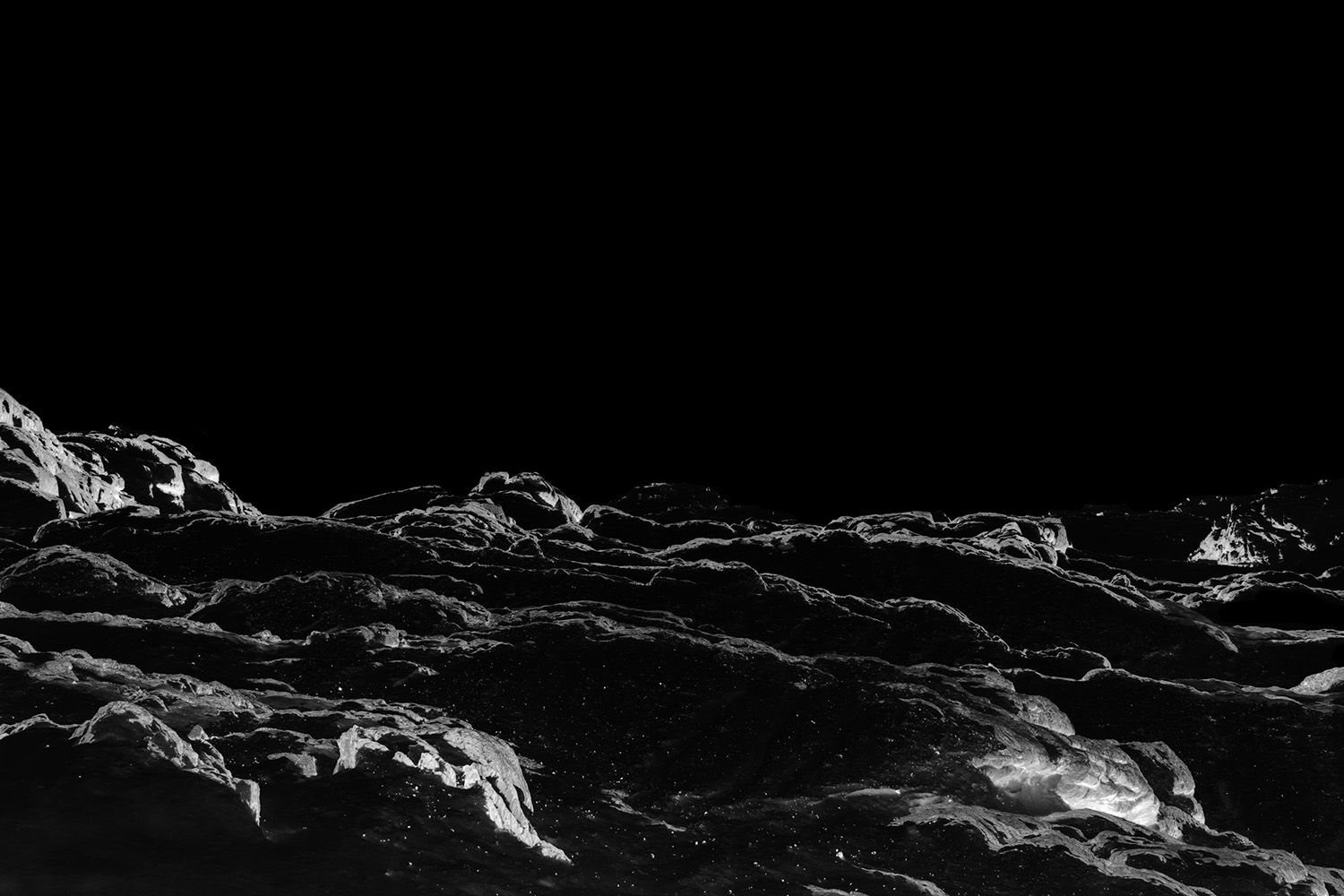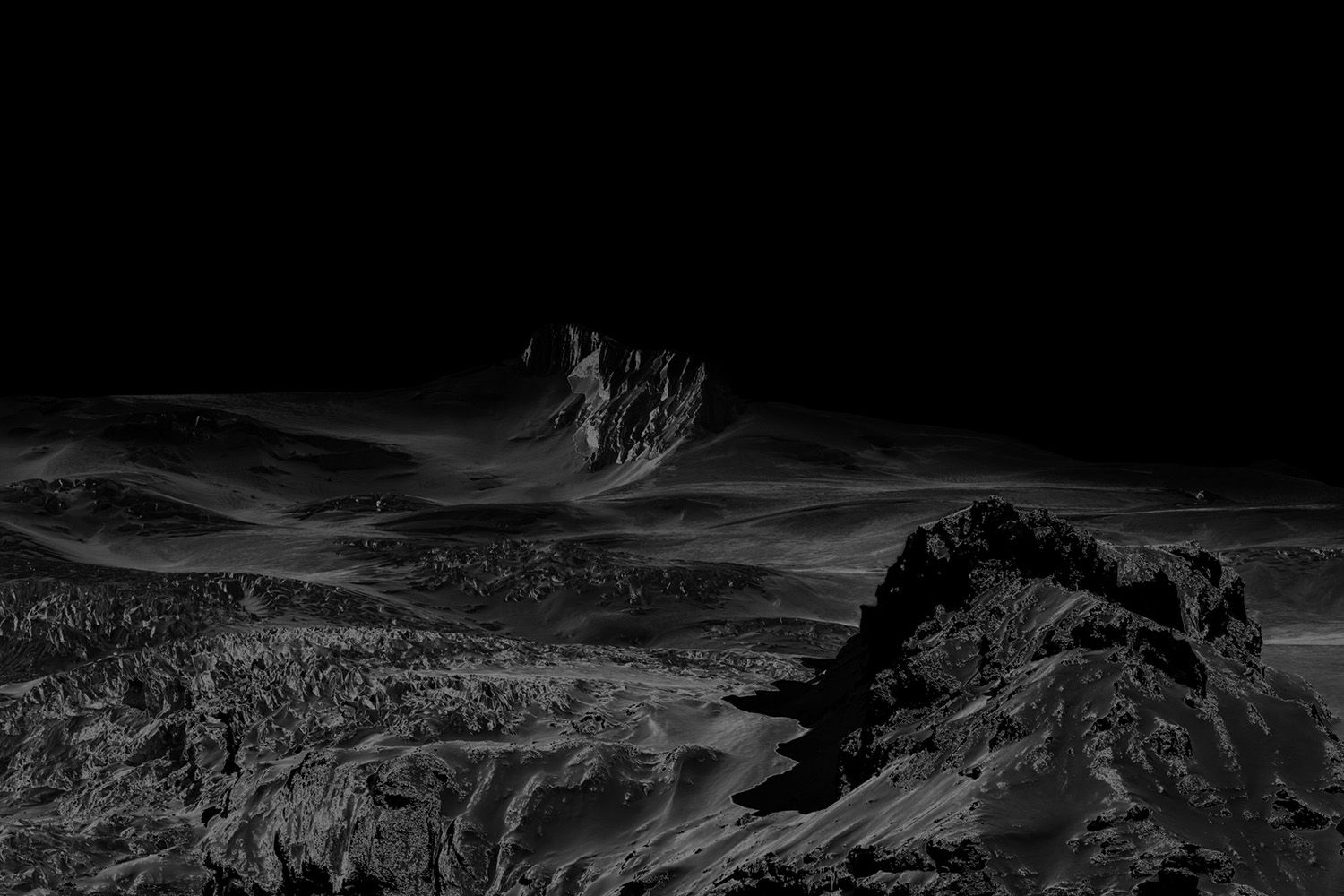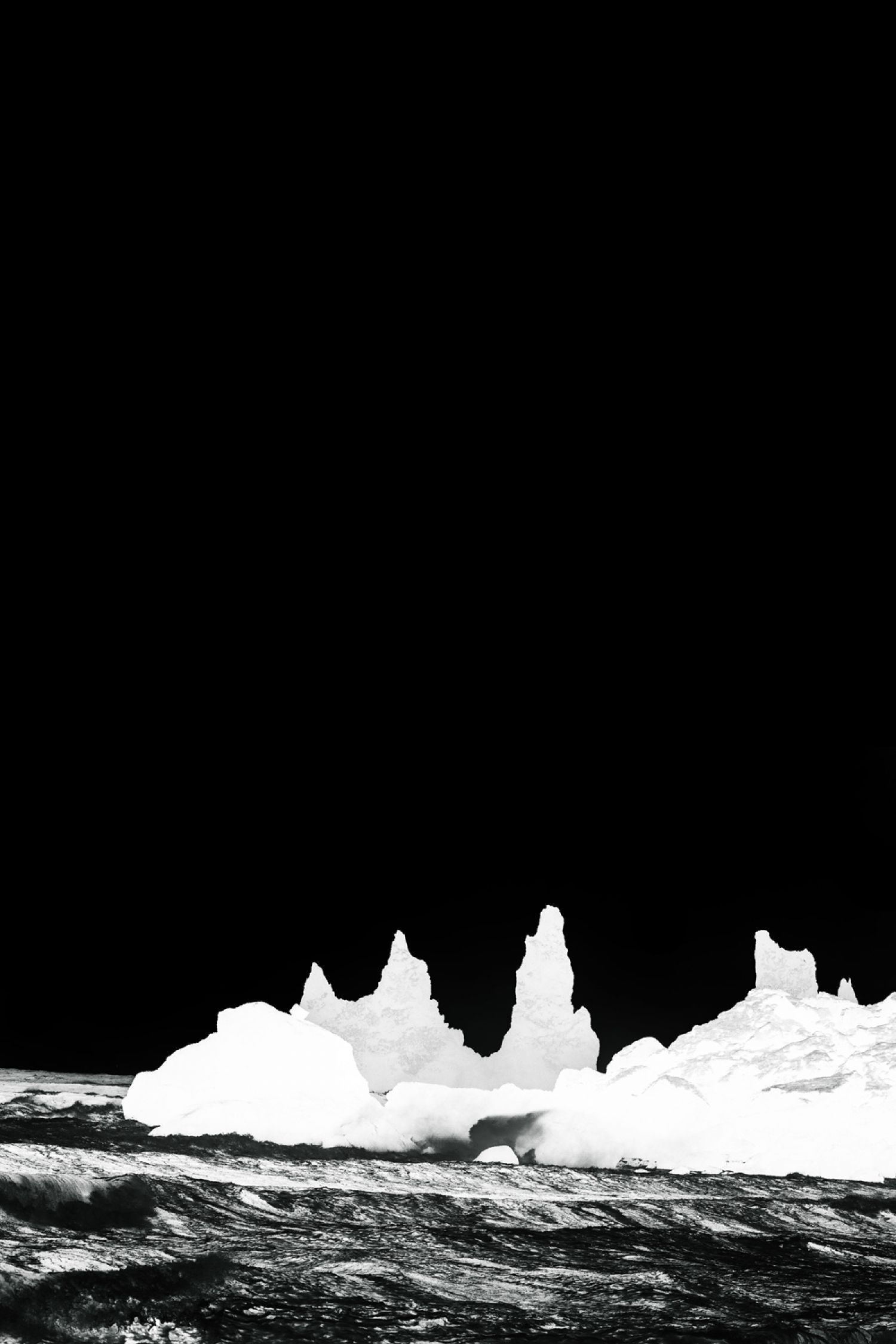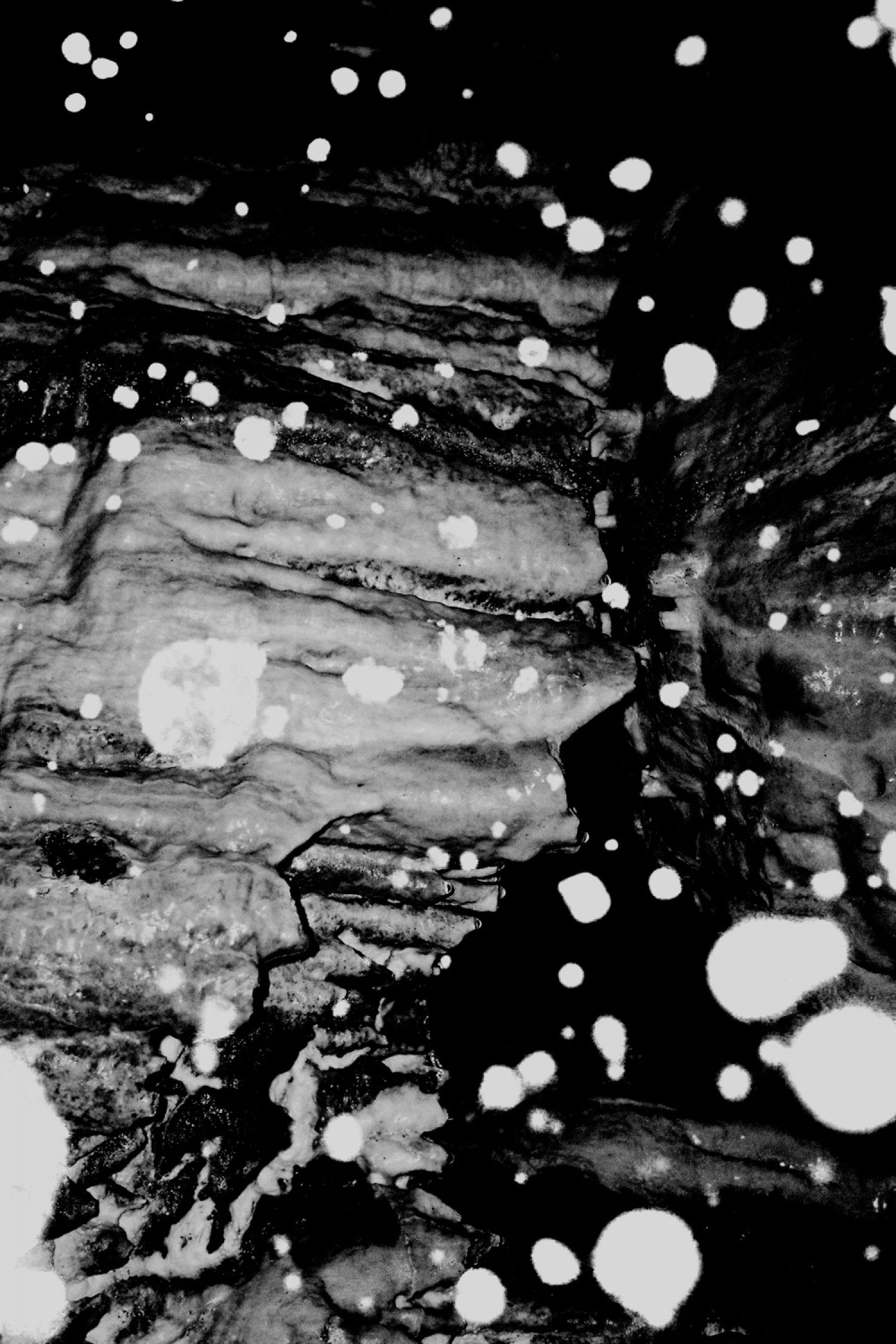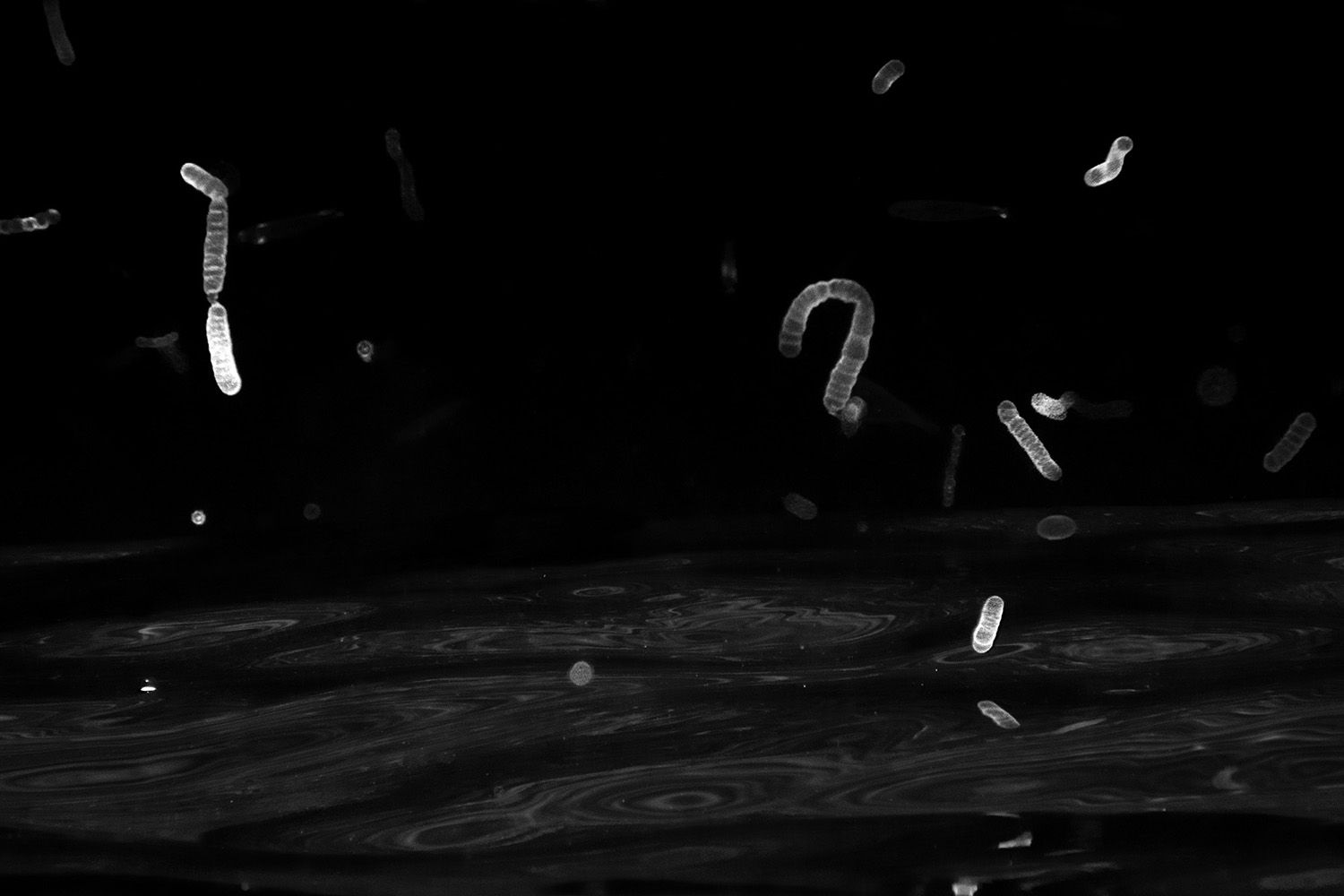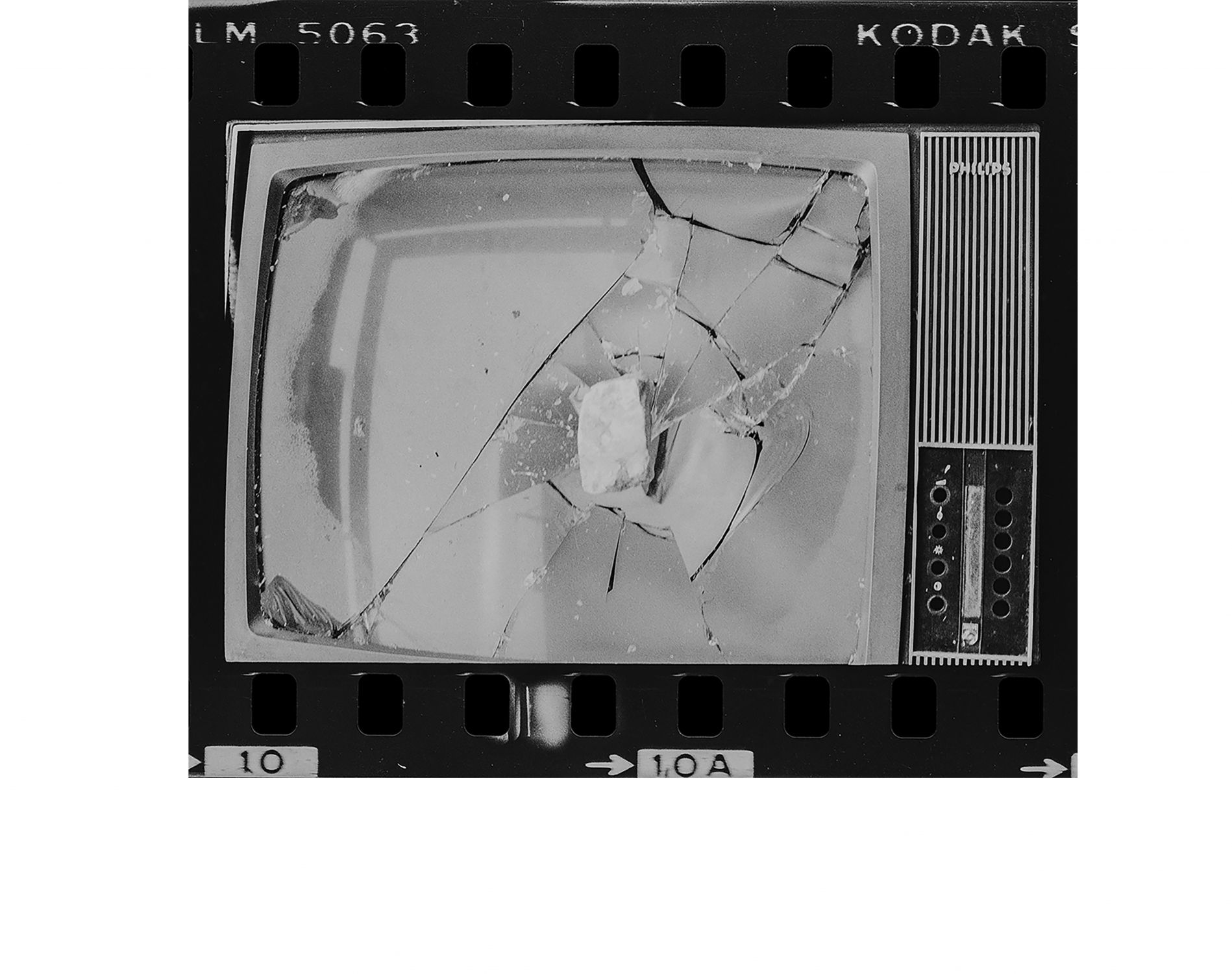M.O.O.N.
Sandrine ElbergAny means are good to go to the moon, with a high-tech shuttle or through fiction, by science or fantasy transport. Sandrine Elberg loves the stars, the conjunction of the infinitely large and the infinitely small, the atoms from which she, a small planet in search of its cosmic origins, proceeds. For her, the moon is not an end in itself, It is a field to explore, on surface and in depth, but also from which to set out again further, into the unknown. In her luggage, since time has reversed, a few books by Jules Verne and pieces of film from Voyage dans la Lune. To all these questions, Sandrine Elberg answers M.O.O.N., i.e. a book as a cockpit traveling through the confines, a research module made of dream crystals, star dust, walls of stalactites and cracked icebergs, of anthropomorphic rocks and collapsed temples. – Fabien Ribery.
What happens when photographers look up to the sky?
From the moment photography has taken distant viewpoints, perceptions of the world have radically changed. Inaugurated with Nadar at the end of the 19th century, the development of aerial imagery can be seen as a meaningful and fascinating adventure, which challenged - both on the technical and aesthetic levels - the conventional perspective system established since the Renaissance. The perception of celestial objects has always stimulated imaginations and dreams. The famous 1969 images of man’s first steps on the Moon often raise skepticism and doubts, especially in our time when «reality» is perpetually distorted, particularly in the media.
My photographic practice is motivated by an attraction for the sky, for the starry nights and the exploration of space as it is driven by my curiosity for astronomy in general and its hazy boundaries with science fiction. My family background is a source of constant inspiration and questioning, as my father, an aerospace engineer, spent many years working on the Ariane V rocket, in France.
My passion is to create new planets and new worlds via magic tools and enigmatic images featuring vertiginous landscapes inspired by Jules Verne, Georges Méliès and the Surrealists. The images obtained are the result of manipulation and photographic experimentations aiming to fit into our dreamlike imaginations.
I wish to dedicate the M.O.O.N art project (Mysterious Orbital Object Non-identified) to Valentina Terechkova, the first woman in Space.
